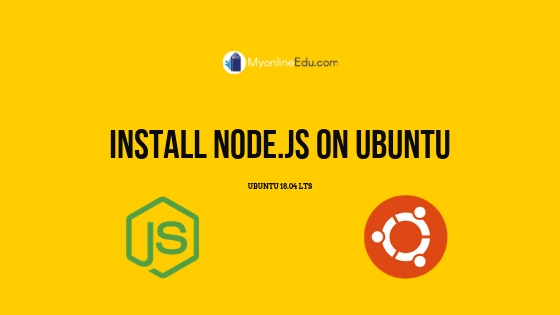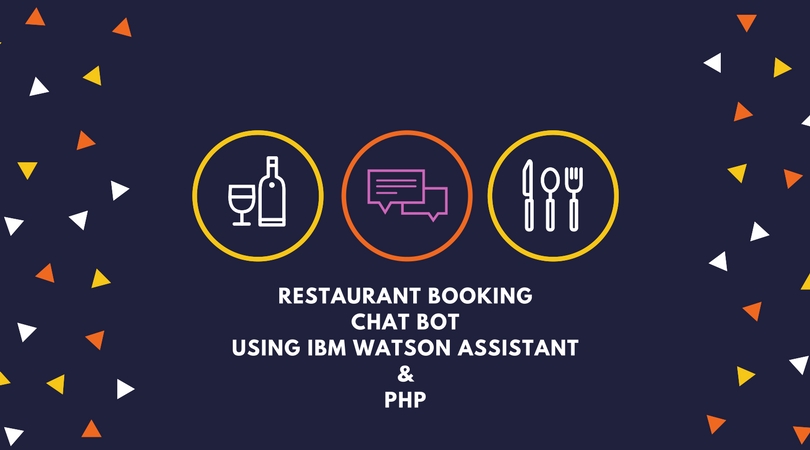Oracle Apps Multi-Lingual Support (MLS Function)
Developers can create an MLS function for concurrent programs. The MLS function determines in which of the installed languages a request should run. MLS functions are PL/SQL stored procedures, written to a specific API. When the concurrent manager processes a multilingual request for a concurrent program with an associated MLS function, it calls the MLS function to retrieve a list of languages and submits the appropriate child requests for each language. The concurrent program application short name, the concurrent program short name, and the concurrent request parameters are all available to the MLS function to determine the list of languages that the request should be run in.
Read MoreHow To Install Node.js on Ubuntu 18.04 LTS

Introduction
Node.js is a run time environment for JavaScript execution at server side. For general-purpose programming Node.js allows users to build web / network applications quickly. By leveraging JavaScript on both the front and backend, Node.js makes development more consistent and integrated.
In this guide, we'll show you how to get started with Node.js on an Ubuntu 18.04 LTS server.
Read MoreCreate a chatbot using IBM Watson Assistant and PHP

Chat bot has recently created havoc among consumer business. Many people are saying chat bot's usability is going to increase in coming years and you must be wondering how to create a chat bot? This blog will help a beginner to build a chat bot using IBM Watson Assistant (formerly known as Watson Conversation) service which has free subscription option useful for learning purpose. Also we will use PHP as server side language as a controller which will interact with the Assistant tool to continue the dialog flow of the conversation.
We have selected restaurant reservation as a use case for the bot. This bot will have give the user 3 options like Make or Cancel or Reschedule reservation in a particular restaurant. In this tutorial we will use the usage of Slot features in Watson Assistant tool and also will use handlers. We will see how we can integrate with Facebook Messenger to access the chat bot using the PHP controller and finally integrating with Microsoft Teams.
Read MoreHow to configure PHP 7 on WAMP server in localhost
Being a PHP developer you want to configure PHP 7 on your localhost for various reasons. You might want to explore the new features of PHP 7 or you might be upgrading your existing website to PHP 7 and want to test in your local machine first or you might be creating a brand new project on PHP 7. This blog will help you to configure PHP 7 for WAMP server in localhost.
(Note: You first check with your hosting server about PHP 7 is available or not. If yes, what version of PHP 7 is available.)
Very first thing to know is PHP 7 requires minimum Apache 2.4.x and also it needs WAMP Server 2.5. If you already have WAMP 2.5, ou do not have to uninstall anything. You can configure PHP 7 with WAMP 2.5. How to check your WAMP server version? Right click on the WAMP icon on your windows taskbar and click About... It will show your current WAMP version.
Read MoreCodeIgniter 3 - Tips to setup your project
CodeIgniter (CI) is a fantastic MVC (Model-View-Controller) framework for PHP web app development. Many people use it for personal or professional projects. In this blog, I will discuss few tips to setup the configuration for your project.
1.) Setting up environment:
It is very important to set the ENVIRONMENT variable in index.php file. You first develop, test and then move your application to Production. Depending on these phases, your project needs different configurations like API key, payment gateway key etc. For example, when you develop or test your app, you need to connect to the payment gateway's sandbox instance with the sandbox's credentials and when you are ready for prod, you connect to the payment gateway's production instance with real credentials.
How to setup the environment properly? Open the index.php and search for the text:
define('ENVIRONMENT', isset($_SERVER['CI_ENV']) ? $_SERVER['CI_ENV'] : 'development');This will set the environment depending on the environment variable CI_ENV set in the .htaccess file. Open the .htaccess file and put the below line of code for Apache:
Read More